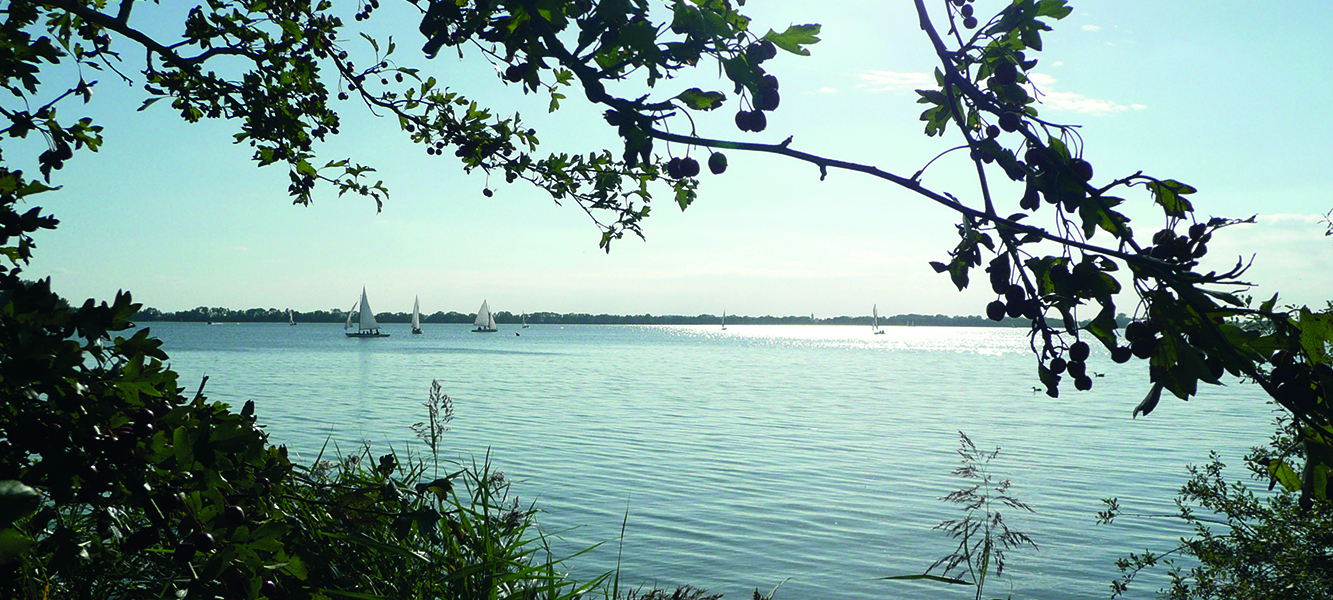Two weeks ago I finished my thesis on the inclusion of the Circular Economy in Asset Management. I wrote this thesis based on a 9-month research at the Dutch energy distributor and network operator Liander. The research focussed on investment decisions and how these decisions can take sustainability into account. The Circular Economy was used as paradigm to determine what elements of environmental sustainability are useful to consider. I will soon write more on this topic but for now I like to share my thesis.
Below you can find the abstract of my thesis and a download link to the pdf document.
A Business Case Model to Support Sustainable Investment Decisions
Adding Circular Economy to Asset Management
Abstract
In recent years, resource sustainability has gained attention due to the environmental, social and financial problems our society has to deal with. The Circular Economy is a new sustainability paradigm that emphasises resource efficiency and enables new business opportunities.
Liander, a distribution network operator (DNO) based in the Netherlands, has set the aim to become the first circular grid operator. Therefore, they want to incorporate the Circular Economy and thus sustainability in their business. The aim of the research is to embed environmental sustainability in their investment decision making. However, investment decision methods that consider sustainability are still scarce. Several scholars have addressed the need for this but also pointed out that this is a complex problem. Hence, this study addresses this problem by structuring environmental sustainability from a Circular Economy perspective.
A conceptual model for a sustainable business case has been developed and it has been translated into a sustainable investment decision aiding (SIDA) model. This model aims to make asset investment processes more transparent and comprehensible. The research was guided by the Design Science Methodology and was based upon literature and a case study at Liander. Distribution transformers were the subject of this case study and acted as a test case to evaluate the model and its application.
The research concludes that environmental sustainability should be included as a separate constituent in the investment decision methodology. This constituent is defined using three indicators: (1) material usage, (2) ecological footprint and (3) environmental impact. Secondly, the SIDA model was applied successfully within the case study on distribution transformers at Liander. As follow up of this study it is recommended to validate the developed model in different sectors with assets requiring more intensive maintenance. In addition, various recommendations are given for further research, as well as to Liander and to the government.
Citation: Korse, M., 2015, A Business Case Model to Make Sustainable Investment Decisions, University of Twente.
You can also download a short hand-out of the thesis:
Download


Pingback: CIRP Citation Style for Mendeley | Faciō
Pingback: (Nederlands) Wat betekent het begrip “Circulaire Economie”? | Faciō
Pingback: 8 Domeinen van de Circulaire Economie - Faciō
Pingback: Een nieuwe baan: Circulaire Economie bij de Gemeente Haarlemmermeer - Faciō
Pingback: 8 Domains of Circularity - Faciō